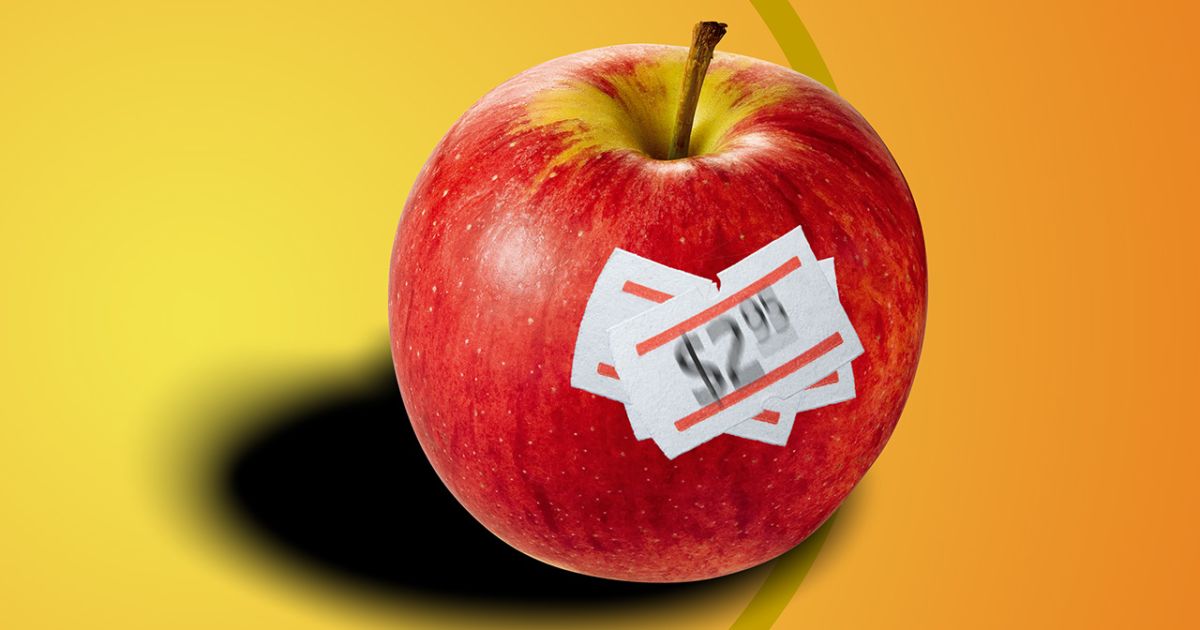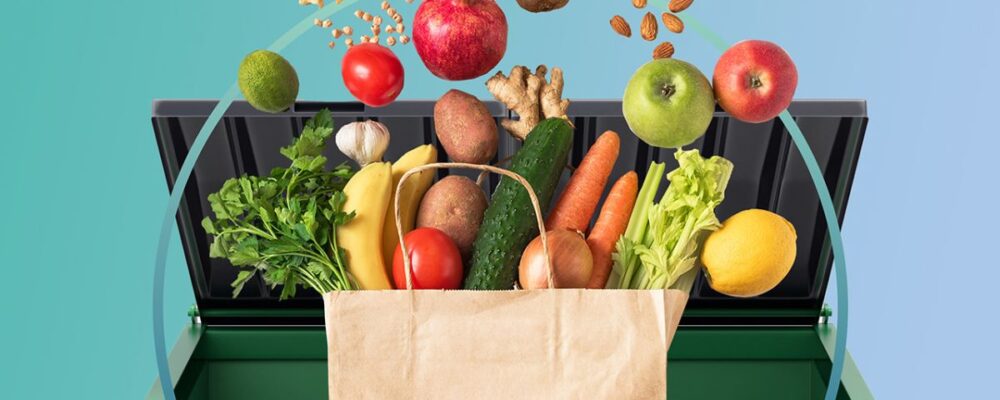It’s no secret the Federal Reserve and other central banks weren’t prepared for the swift, steep curve of inflation’s climb after COVID-19 snarled supply chains in 2021 and Russia’s invasion of Ukraine sent energy prices soaring in 2022.
“Central banks are accustomed to working in low-inflation environments.”
If central banks had used economic models that account for variations in the speed of firm’s pricing decisions rather than their traditional forecasting tools, policymakers might have detected rising inflation sooner, suggests new research. This approach, known as a “state-dependent” model, is a more responsive and adaptive framework than a “time-dependent” model, and can track changing prices better in times of crisis, says Harvard Business School Professor Alberto Cavallo, one of the study’s authors.
“Central banks are accustomed to working in low-inflation environments,” explains Cavallo, the Thomas S. Murphy Professor of Business Administration at HBS. “They tend to rely on time-dependent models, which assume a fixed frequency of price changes. Many of them failed to recognize that, given the size of the shock, they needed to use a different model, one that was already in their toolkit.”
The work reveals new clues about an issue that has been challenging economists, businesses, and consumers for several years: runaway inflation that’s slowed but persisted stubbornly even in the face of interest-rate hikes. For companies, knowing when to raise prices and when to lower them offers a strategic advantage.
Cavallo coauthored the paper, forthcoming in American Economic Review: Insights, with Francesco Lippi, professor of economics at Luiss Guido Carli in Rome and a research fellow at the Einaudi Institute for Economics and Finance; and Ken Miyahara Coello, a doctoral student at the University of Chicago.
The ‘state’ of the price gap matters
Economists generally use two main data models to detect inflation and predict the pace at which retailers raise prices: time dependent and state dependent.
Most central banks rely on time-dependent models, such as the Calvo model, which assume firms change prices at fixed intervals or with a constant probability. However, these frameworks are unable to keep up with the rapid increase in pricing decisions triggered by large shocks like the pandemic, says Cavallo.
State-dependent models can be more intractable for economists due to their complexity and the need to account for varying frequencies of price changes. However, these models offer significant theoretical advantages. They consider profit margins, recognizing that companies are more likely to raise prices to maintain their desired profit levels when costs increase. Additionally, this approach can better detect when prices start to decline, as firms are often cautious and slower to reduce prices once a crisis begins to subside, says Cavallo.
What happens when food costs jump 20 percent?
To test these models, the researchers traced how quickly a sudden shock to supplier prices—caused by international crises—impacts consumers using data from PriceStats, which scrapes retailer websites in real time.
The authors tracked food and beverages, one of the biggest categories in the US Consumer Price Index, from January 2019 to July 2023, capturing pandemic- and Ukraine-related supplier disruptions. They followed the frequency and daily price changes on almost 585,000 products from 58 companies in Western Europe and the United States.
Using that data, researchers simulated what would happen if retailers’ marginal costs rose by 20 percent. That’s less than some of the real operating cost increases in 2022. The US Department of Agriculture estimated that costs rose 36 percent for crops and meats that year, and Eurostat put the comparable number at 31 percent across the European Union.
The researchers found that immediately after costs spiked, retailers raised prices more frequently, passing the increases to consumers at a quicker pace than before the large shock. The frequency of price adjustments rose across the board, more than doubling globally and across sectors, from an average of 2 price changes per year in 2020 to over 5 price changes per year in 2023.
Retailers monitor profit margins closely
If profit margins start to shrink fast, companies will compensate by raising prices to keep profitability steady. With big shocks, they tend to pass through the higher cost faster than when the level of inflation is slower, Cavallo says.
“When they realize that the current price that they have is too far away from the price that they should have, they’ll make a price change.”
“In state-dependent models, what really matters for the firm is how far away they are from their optimal price,” Cavallo says. “So, they’re frequently calculating if they’re winning or losing with each product that they sell. And when they realize that the current price that they have is too far away from the price that they should have, they’ll make a price change.”
Picking the right economic tool
If policymakers used state-dependent models when there are large shocks, they would catch sharp inflationary conditions sooner, Cavallo says.
“They should be mindful of which model to apply, as different models are suited to different contexts,” Cavallo says. “Additionally, we need to measure costs and the frequency of price changes more accurately. Policymakers need access to real-time information on so that these models can be properly parameterized.”
You Might Also Like:
Feedback or ideas to share? Email the Working Knowledge team at hbswk@hbs.edu.
Image: Illustration created by HBSWK using images from AdobeStock/wachiwat and AdobeStock/WP!
“Harvard Business School is the graduate business school of Harvard University, a private research university in Boston, Massachusetts. It is consistently ranked among the top business schools in the world and offers a large full-time MBA program, management-related doctoral programs, and executive education programs.”
Please visit the firm link to site





